The Residential and Civil Construction Alliance of Ontario (RCCAO) is welcoming what seems to be a growing political consensus on prioritizing construction of Toronto’s long-proposed relief subway line.
One of Premier Kathleen Wynne’s final announcements in the days leading up the recent election call was to pledge funding to build the next stage of several major transit projects in the Toronto region, highlighting the relief line as well as the Yonge North Subway Extension, parts of the City of Toronto SmartTrack plan and the Toronto Waterfront LRT.
RCCAO executive director Andy Manahan praised signals from Progressive Conservative (PC) Leader Doug Ford and NDP Leader Andrea Horwath that they too recognized the importance of the relief line.
On day one of the election campaign, May 9, the PCs released a statement promising $5 billion in new subway funding and reasserting their previous pledge to give “priority consideration” to the relief line among other projects.
“Our goal right now is to make sure more politicians recognize this as important,” said Manahan. “The three main parties have said this is an important project. NDP campaign literature talked about the importance of the relief line, and Doug Ford has recognized it.”
The RCCAO has taken out full-page newspaper ads to advocate for the relief line and representatives of the organization have gone on TV and written op-eds to further make its case.
Manahan said public awareness of the need for a new line to take the pressure off existing subway lines, particularly the Yonge-University-Spadina line, grew following the near-catastrophic event of Jan. 30, 2018, when a half-dozen separate system failures transpired to create tense moments of overcrowding at the Bloor-Yonge subway station.
It would be a dramatic mistake to extend the Yonge subway line to Richmond Hill before you have really begun construction of the relief line
— Andy Manahan
Residential and Civil Construction Alliance of Ontario
Even the slightest panic or shoving incident could have caused deaths or injuries, Manahan stated.
Construction of a relief line, possibly starting in the east from Osgoode Station along Queen Street and turning north along either Pape or Carlaw to Pape Station and then ideally meeting up with the new Eglinton LRT line, would alleviate overcrowding on existing lines, Manahan explained. The Yonge-University line currently has 700,000 daily trips.
“In addition to the late-January crisis, there has been ongoing congestion of both major subway lines and bottlenecks ongoing for many years at Yonge and Bloor, and St. George is another one as well as many other subway stations,” Manahan said.
“There are many trains at capacity in peak hours. Riders have to wait for four trains before getting on sometimes. And there are accessibility issues. It’s very problematic during rush hour for people with accessible problems to get shoehorned onto a subway.”
There is a productivity argument as well, Manahan said. With no alternative line to move masses of workers downtown when the existing routes get shut down, workers can’t reach their places of employment.
“It’s a fundamental principle, the downtown core is recognized as the engine of the Canadian economy and it’s a problem if workers can’t get down there, so the relief line does have redundancy benefits,” he explained.
The current timetable is for the relief line to be built by 2031 but that was established many years ago before the rebound in the downtown office sector took hold in the post-millennium years, he said.
Toronto should be looking at examples like Madrid, which built 56 kilometres of new rail lines including 38 underground between 1995 and 1999, Manahan said.
With concerted efforts, Toronto stakeholders could find ways to move up the relief line to parallel the Madrid success, Manahan suggested.
“Some improvements may be on the planning side, and some solutions may be on the technical side, such as the use of faster tunnel-boring machines, and finding better ways to build stations,” he said. “And building stations with residential density in mind.”
But Manahan acknowledged there would be tensions as the RCCAO and transit advocates such as Richard Soberman and Ed Levy argue the relief line has to be built ahead of an extension to the Yonge line to York Region.
Toronto Mayor John Tory has suggested the two visions should be accomplished at the same time. Manahan argued the Yonge extension if built before a relief line would bring too many riders to the Yonge line and Bloor-Yonge station, overloading the system even more than it already is. Improved GO train service would be a better solution than scheduling the Yonge extension ahead of the relief line, he suggested.
“It would be a dramatic mistake to extend the Yonge subway line to Richmond Hill before you have really begun construction of the relief line,” said Manahan.
The estimated cost of the relief line is $6.8 billion.
Research agency Transport Futures will be hosting an election debate, of which RCCAO is a sponsor, on transit and transportation issues at the University of Toronto today (May 14). It will be moderated by Steve Paikin, host of TVO’s The Agenda.


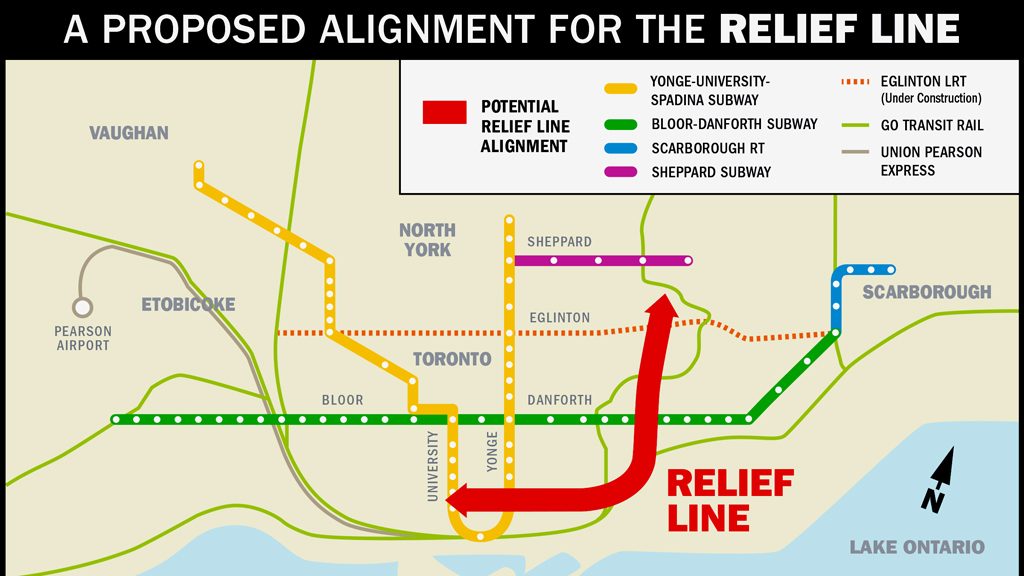

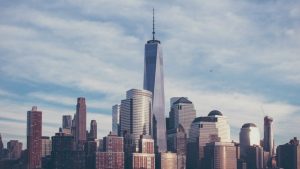


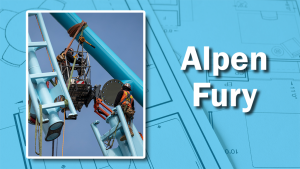
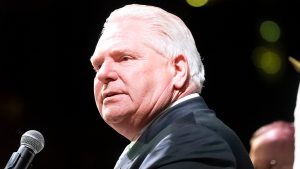
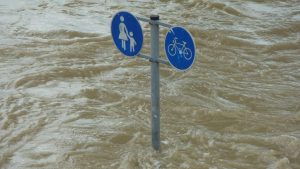
Recent Comments
comments for this post are closed